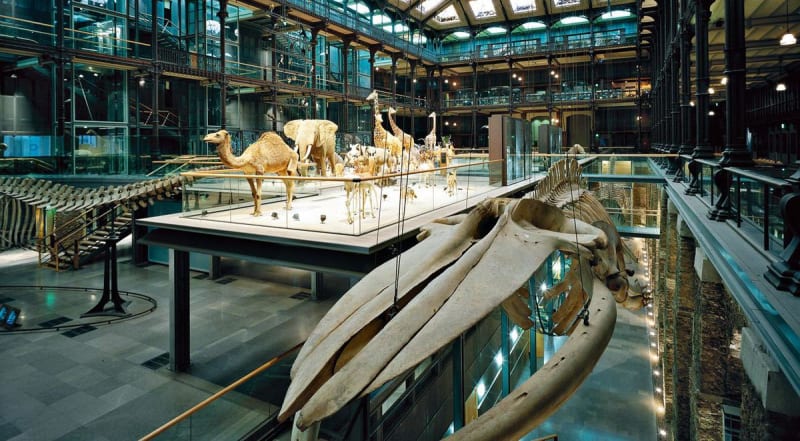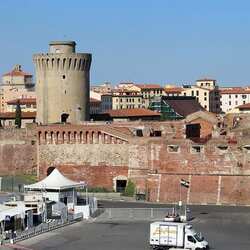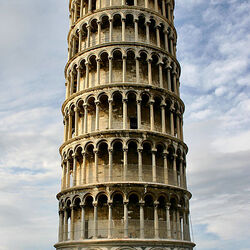Museum of Natural History of the Mediterranean
The Museum of Natural History of the Mediterranean is not a popular destination for tourists traveling in Italy. Many people are simply not familiar with it (rare guidebooks tell about this exhibition), while others are not very interested in exhibits. The museum is located in Livorno, a port city located on the west coast of Tuscany. The port is famous, first of all, for its unusual seafood dishes, ancient fortifications and a huge parking lot for cruise liners.
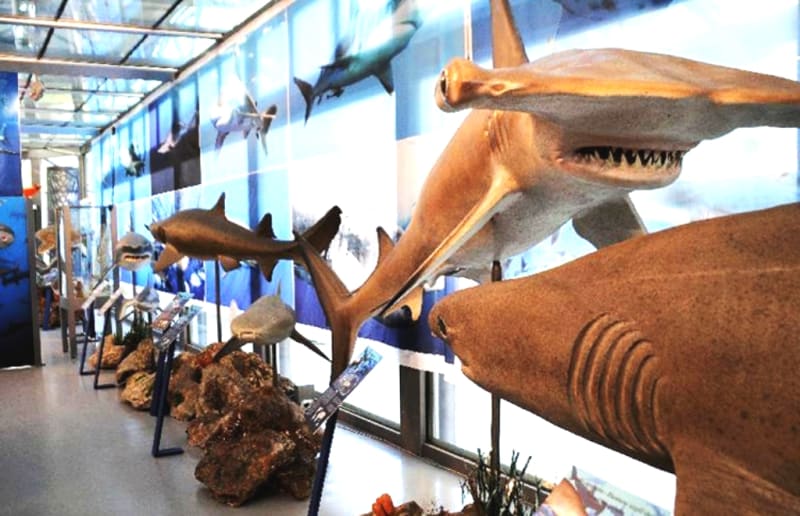
History of creation
The founding date of the Museum of Natural History of the Mediterranean is considered to be 1929. During the Second World War, the collection was lost and reassembled on the basis of a local aquarium. But as the number of exhibits grew, he was given a place in the premises of Henderson's ancient villa. The building was built in the 18th century, it used to belong to a member of the local British community, and due to lack of heirs, it passed to the city. This happened in 1934, but for a long time the building did not find its purpose.
Short description
The collection of the Museum of Natural History of the Mediterranean is hardly particularly impressive, it occupies only five halls. The museum houses representatives of mammals, birds and insects native to the Mediterranean. Here you can also get acquainted with archaeological finds and mineral collections. This is an ordinary museum in a small city. Of particular interest is the fifth hall, which was opened in 2009 and demonstrates the evolution of the protective mechanisms of representatives of the Fauna kingdom from ancient times to the present day. The scientific library is located in a separate room, where more than 5,500 scientific books and periodicals have found shelter. There is an active meteorological station and a planetarium in the garden.
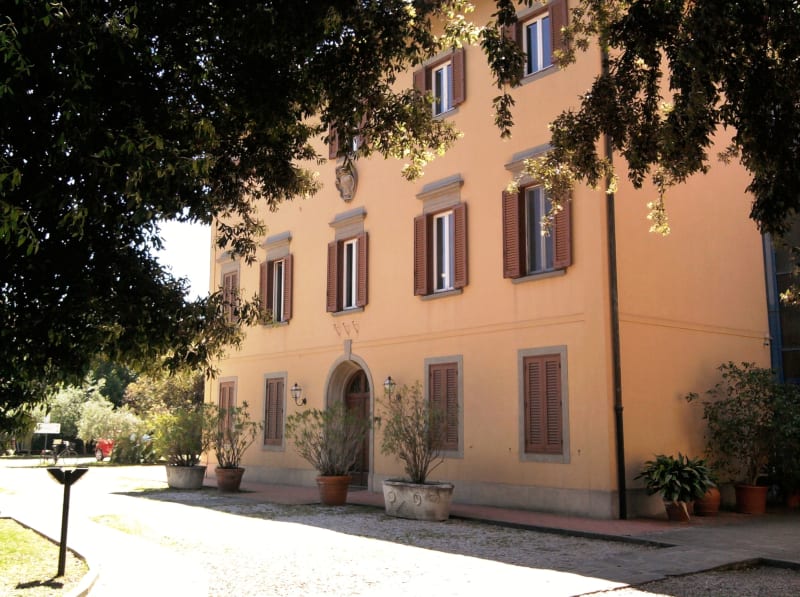
Features
The Museum of Natural History of the Mediterranean continues to develop. At the beginning of the 21st century, a multifunctional educational center equipped with fairly modern laboratories began operating here. Six years later, a genetic bank was opened to store the plasma of the main inhabitants of the Mediterranean Sea. By the way, the collected genetic material is periodically sent to European banks of this type and receives new samples from them.
At the beginning of the last century, a pretty park was built next to the Museum of the Natural History of the Mediterranean, which was able to survive the twentieth century and preserved the ancient charm of the hexagonal fountain and the stone grotto with small arches. Today, a small botanical garden has been laid out in the park, where those who wish can get acquainted with the most common trees and shrubs of this part of Italy. The cost of visiting the Museum of Natural History of the Mediterranean depends on what the tourist wants to see, so there is an opportunity to save on entrance tickets by choosing only a couple of halls to explore.
